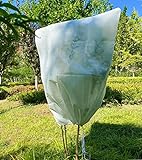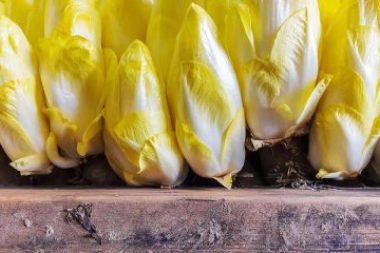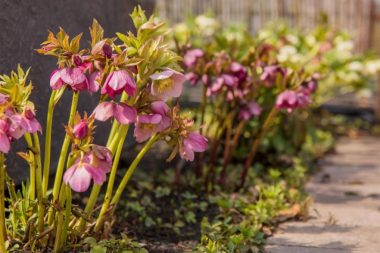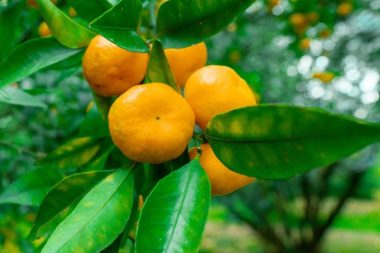Happy gardener that you are if you grow a lemon tree in open ground! You must live on the Mediterranean coast, since the lemon tree is hardy down to -2 to -5 °C. But as no one is safe from a frost, it is recommended to protect it from the cold in winter.
A careful planting in shelter
To help a lemon tree withstand the cold, it is necessary to offer it optimal growing conditions. Starting with a widely sunny exposure since it is of tropical origin.

To bear fruit, a lemon tree needs warmth and sunshine. But it must also be planted in a location sheltered from winds and cold drafts. A south-facing exposure sheltered by a wall or facade of a house is therefore ideal.
A good soil also helps to strengthen the hardiness of the lemon tree. Thus, it has a preference for fertile, fresh, light and perfectly drained soils. A heavy, poorly drained soil that retains water in winter would be totally harmful to it. Its resistance to cold would inevitably be reduced. It is also necessary to avoid limestone soils.
If these cultural conditions are respected, your lemon tree can withstand short frosts of around -5 °C maximum. However, it must be protected.
What winter protection for the lemon tree in winter?
Although you live in a region with a mild climate, vigilance is required! Exceptionally, frost could damage your beautiful lemon tree, especially if it is still young.
First, it is recommended to install a winter veil on the evergreen foliage of your lemon tree.

To minimize risks, opt for a winter veil with a weight of 60 to 90 g/m2. Although it is breathable and permeable to water, it is still recommended to remove it during sunny winter days.
 Garden Tailor Winter Veil Plant…
Garden Tailor Winter Veil Plant…
- 🎍 HIGH-QUALITY MATERIAL: The highly resistant winter veil is made of breathable 70GSM polypropylene non-woven fabric…
This way, you will avoid confinement and therefore diseases and allow your lemon tree to benefit from the brightness. And don’t forget to put it back on during the night.
To reinforce this protection against cold and frost, winter mulching of the base can be judicious. A good straw mulch effectively protects the roots from the ground.
Remember that, in the majority of cases, plants that perish in winter are more victims of excess moisture or sudden temperature changes than frost. A thick layer, at least 15 cm, of compost and dead leaves, straw or mulching product, will effectively protect the roots.
And limit watering to once a month (obviously if there are no bad weather conditions).
More cold-resistant lemon trees
If you are not lucky enough to live in the Mediterranean basin, planting a lemon tree is still possible in other regions provided you choose the right variety:
- The thorny lemon tree (Poncirus trifoliata) is hardy down to -20 °C. This lemon tree produces small lemons, green then yellow in autumn, to be consumed only cooked.
- The yuzu (Citrus junos) is a lemon tree of Japanese origin, hardy down to -10 to -12 °C. Its fruits, very fragrant and with a very acidic flavor, resemble mandarins. They are used in juice, jams, pastries or sauces.
- The red lemon (Citrus Volkameriana) is a cross between a lemon tree and a bitter orange tree. It is hardy down to -7 °C and produces small fruits, similar to lemons, but orange.
On the other hand, the astonishing Buddha’s hand lemon (Citrus medica var. sarcodactylis) only withstands down to -3 °C. To be planted only in a pot.









